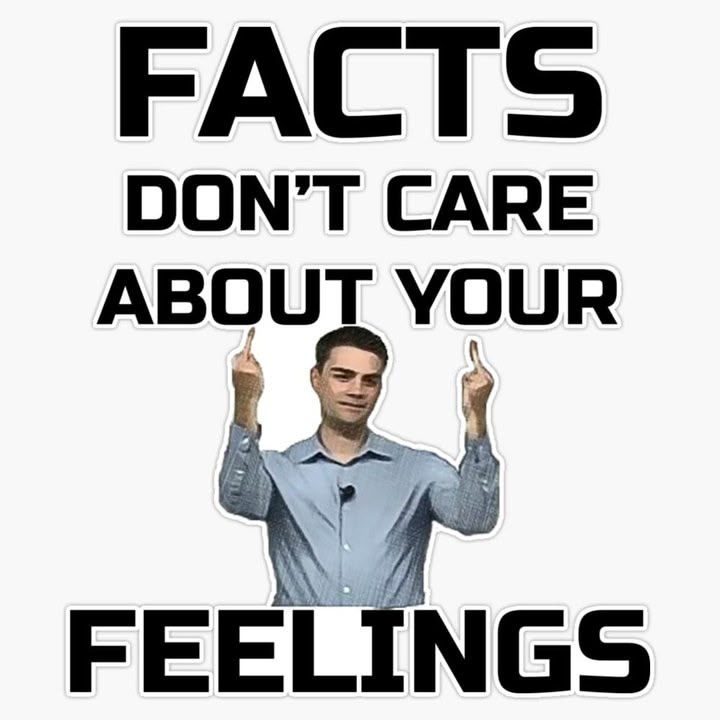This page is a permanent link to the reply below and its nested replies. See all post replies »
Reason10 · 70-79, M
Reagan was right. His economy was the best of the 20th century.
https://www.heritage.org/taxes/report/the-real-reagan-economic-record-responsible-and-successful-fiscal-policy
HOW DID THE REAGAN TAX CUTS AFFECT THE U.S. TREASURY?
Many critics of reducing taxes claim that the Reagan tax cuts drained the U.S. Treasury. The reality is that federal revenues increased significantly between 1980 and 1990:
Total federal revenues doubled from just over $517 billion in 1980 to more than $1 trillion in 1990. In constant inflation-adjusted dollars, this was a 28 percent increase in revenue.3
As a percentage of the gross domestic product (GDP), federal revenues declined only slightly from 18.9 percent in 1980 to 18 percent in 1990.4
Revenues from individual income taxes climbed from just over $244 billion in 1980 to nearly $467 billion in 1990.5 In inflation-adjusted dollars, this amounts to a 25 percent increase.
HOW DID REAGAN'S POLICIES AFFECT ECONOMIC GROWTH?
Despite the steep recession in 1982--brought on by tight money policies that were instituted to squeeze out the historic inflation level of the late 1970s--by 1983, the Reagan policies of reducing taxes, spending, regulation, and inflation were in place. The result was unprecedented economic growth:
This economic boom lasted 92 months without a recession, from November 1982 to July 1990, the longest period of sustained growth during peacetime and the second-longest period of sustained growth in U.S. history. The growth in the economy lasted more than twice as long as the average period of expansions since World War II.10
The American economy grew by about one-third in real inflation-adjusted terms. This was the equivalent of adding the entire economy of East and West Germany or two-thirds of Japan's economy to the U.S. economy.11
From 1950 to 1973, real economic growth in the U.S. economy averaged 3.6 percent per year. From 1973 to 1982, it averaged only 1.6 percent. The Reagan economic boom restored the more usual growth rate as the economy averaged 3.5 percent in real growth from the beginning of 1983 to the end of 1990.12
https://www.reaganfoundation.org/ronald-reagan/the-presidency/economic-policy?srsltid=AfmBOooYCZ1xosP8WMNeb3_JUCc04UwS_zQQyO8K93KsIIsh4Ee0inbD
20 million new jobs were created
The combination of tax cuts and deregulation was a catalyst for economic growth and job creation. Several industries experienced expansion, including finance, technology, and manufacturing. During this expansion, business had more capital and flexibility, which led to job creation.
Inflation dropped from 13.5% in 1980 to 4.1% by 1988
Through fiscal restraint, reduced government spending, tax reforms, deregulation, and economic growth, the decline in inflation helped create a more stable economy, boosting business confidence and investment.
Unemployment fell from 7.6% to 5.5%
As President Reagan's policies were implemented, economic growth began to take off. This favorable economic environment allowed businesses to thrive and expand, thus creating more jobs and lowering unemployment.
Net worth of families earning between $20,000 and $50,000 annually grew by 27%
Economic expansion, tax cuts, and job growth were primarily drivers of increasing the net worth of families earning between $20,000 and $50,000. Also contributing to this growth was asset appreciation and inflation moderation.
Real gross national product rose 26%
As Reagan's economic policies began taking off this ultimately led to a substantial rise in Gross National Product (GNP), reflecting increased productivity, business expansion, and investment.
The prime interest rate was reduced to 10% by August, 1988
The Reagan administration slashed the prime interest rate by more than half, from an unprecedented 21.5% in January 1981 to 10% in August 1988. This achievement stemmed from the administration’s shift in monetary policy aimed at controlling inflation and stimulating economic growth.
Those are the facts, an
https://www.heritage.org/taxes/report/the-real-reagan-economic-record-responsible-and-successful-fiscal-policy
HOW DID THE REAGAN TAX CUTS AFFECT THE U.S. TREASURY?
Many critics of reducing taxes claim that the Reagan tax cuts drained the U.S. Treasury. The reality is that federal revenues increased significantly between 1980 and 1990:
Total federal revenues doubled from just over $517 billion in 1980 to more than $1 trillion in 1990. In constant inflation-adjusted dollars, this was a 28 percent increase in revenue.3
As a percentage of the gross domestic product (GDP), federal revenues declined only slightly from 18.9 percent in 1980 to 18 percent in 1990.4
Revenues from individual income taxes climbed from just over $244 billion in 1980 to nearly $467 billion in 1990.5 In inflation-adjusted dollars, this amounts to a 25 percent increase.
HOW DID REAGAN'S POLICIES AFFECT ECONOMIC GROWTH?
Despite the steep recession in 1982--brought on by tight money policies that were instituted to squeeze out the historic inflation level of the late 1970s--by 1983, the Reagan policies of reducing taxes, spending, regulation, and inflation were in place. The result was unprecedented economic growth:
This economic boom lasted 92 months without a recession, from November 1982 to July 1990, the longest period of sustained growth during peacetime and the second-longest period of sustained growth in U.S. history. The growth in the economy lasted more than twice as long as the average period of expansions since World War II.10
The American economy grew by about one-third in real inflation-adjusted terms. This was the equivalent of adding the entire economy of East and West Germany or two-thirds of Japan's economy to the U.S. economy.11
From 1950 to 1973, real economic growth in the U.S. economy averaged 3.6 percent per year. From 1973 to 1982, it averaged only 1.6 percent. The Reagan economic boom restored the more usual growth rate as the economy averaged 3.5 percent in real growth from the beginning of 1983 to the end of 1990.12
https://www.reaganfoundation.org/ronald-reagan/the-presidency/economic-policy?srsltid=AfmBOooYCZ1xosP8WMNeb3_JUCc04UwS_zQQyO8K93KsIIsh4Ee0inbD
20 million new jobs were created
The combination of tax cuts and deregulation was a catalyst for economic growth and job creation. Several industries experienced expansion, including finance, technology, and manufacturing. During this expansion, business had more capital and flexibility, which led to job creation.
Inflation dropped from 13.5% in 1980 to 4.1% by 1988
Through fiscal restraint, reduced government spending, tax reforms, deregulation, and economic growth, the decline in inflation helped create a more stable economy, boosting business confidence and investment.
Unemployment fell from 7.6% to 5.5%
As President Reagan's policies were implemented, economic growth began to take off. This favorable economic environment allowed businesses to thrive and expand, thus creating more jobs and lowering unemployment.
Net worth of families earning between $20,000 and $50,000 annually grew by 27%
Economic expansion, tax cuts, and job growth were primarily drivers of increasing the net worth of families earning between $20,000 and $50,000. Also contributing to this growth was asset appreciation and inflation moderation.
Real gross national product rose 26%
As Reagan's economic policies began taking off this ultimately led to a substantial rise in Gross National Product (GNP), reflecting increased productivity, business expansion, and investment.
The prime interest rate was reduced to 10% by August, 1988
The Reagan administration slashed the prime interest rate by more than half, from an unprecedented 21.5% in January 1981 to 10% in August 1988. This achievement stemmed from the administration’s shift in monetary policy aimed at controlling inflation and stimulating economic growth.
Those are the facts, an
PicturesOfABetterTomorrow · 41-45, M
@Reason10 Ray Gun was a failed C list actor who literally had no idea where he was half the time. Just like Trump actually.




